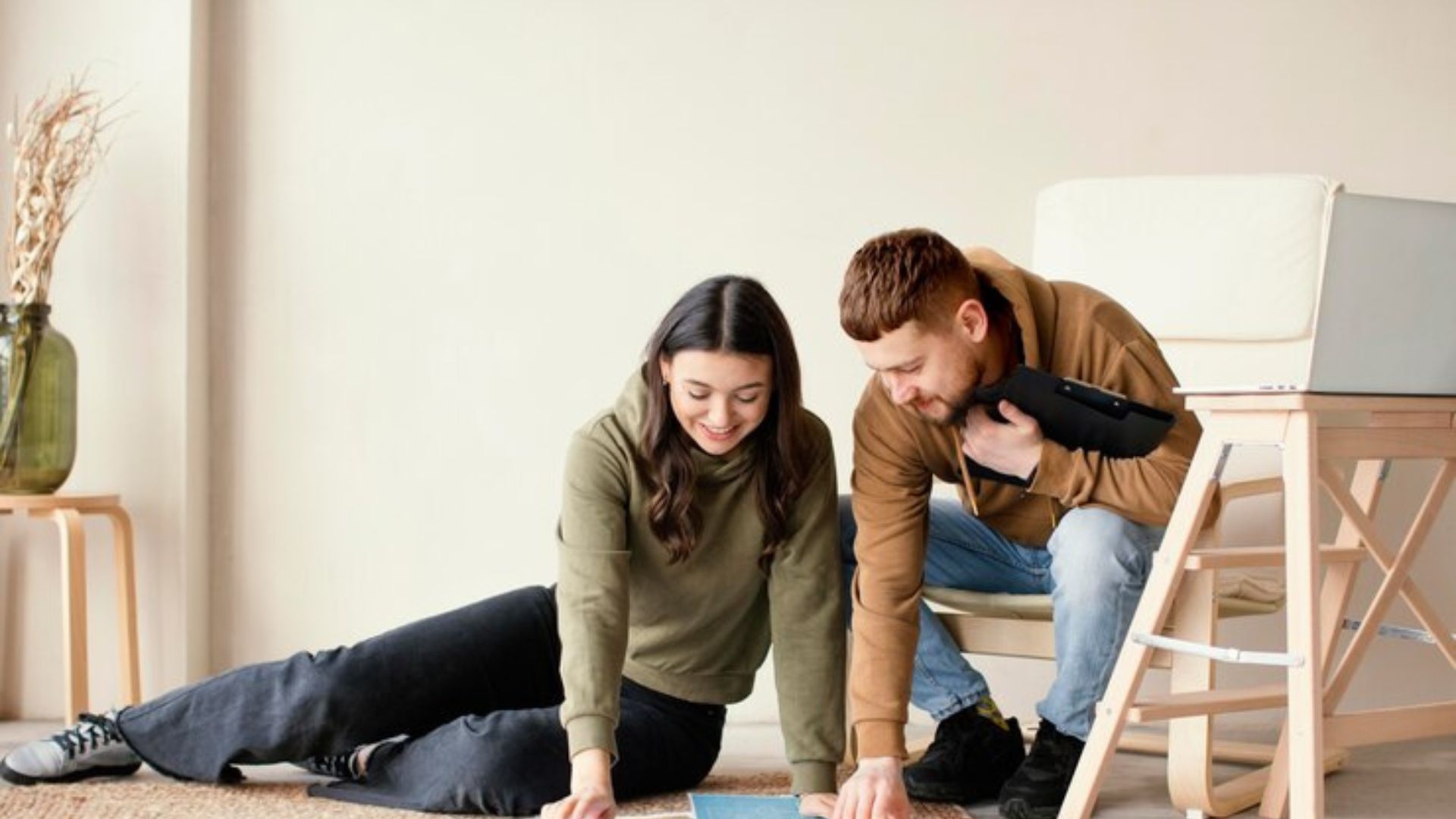Table of Contents
- Understanding the Basics of Interior Design
- The Impact of Color on Mood
- The Art of Space Planning
- Lighting: Transforming Ambiance and Functionality
- Textures and Patterns: Adding Depth
- Accessorizing with Purpose
- Integrating Technology in Design
- Understanding Sustainability in Interior Design
Understanding the Basics of Interior Design
Understanding the true scope of interior design is essential before starting any job. Interior design involves much more than decorating; it’s a systematic process of planning, structuring, and furnishing spaces to optimize aesthetics and functionality. Think of it as a balance between form and function, which aims to create a harmonious living or working environment. For those curious about professional insights or contemplating a project, exploring interior design services at https://forumphi.com/carbondale-interior-designer-architect/ can offer valuable guidance and innovative strategies.
Today, interior design often emphasizes subtle yet significant updates that influence a room’s feel and efficiency. While dramatic overhauls are tempting, incremental improvements usually lead to more profound transformations. These strategic enhancements can seamlessly blend comfort with style, creating truly liveable spaces.
The Impact of Color on Mood
Colors can profoundly transform a space’s ambiance. Each hue carries unique psychological effects that can influence emotions and perceptions. For instance, more wonderful hues like blue and green are perfect for bedrooms or relaxation spaces because they are frequently connected to peace and tranquility. Conversely, vibrant colors like yellows and reds can inject energy and warmth, perfect for lively spaces like kitchens.
Selecting an appropriate color palette requires understanding your space’s purpose and the mood you wish to evoke. A cohesive color scheme can create a visual flow that unifies various elements within a home. Additionally, incorporating contrasting colors can add dynamism and depth, preventing rooms from feeling flat or monotonous.
The Art of Space Planning
Space planning is fundamental in design, influencing both form and functionality. It involves deliberately arranging furniture and decor to maximize room utility and aesthetic appeal. Effective space planning requires an awareness of each room’s dimensions and unique features, enabling tailored solutions that optimize flow and usability.
Designers can identify the best furniture arrangements and traffic patterns by analyzing how individuals interact within a given space. This careful consideration ensures that spaces are not only practical but also inviting. The result is an environment that seamlessly blends comfort with style, encouraging social interaction and personal retreat.
Lighting: Transforming Ambiance and Functionality
Lighting is a versatile tool in interior design, crucial for establishing mood and enhancing functionality. Proper artificial lighting guarantees that a room is helpful throughout the day, even though natural light is valued for its capacity to brighten places. Avoiding common pitfalls is essential when choosing lighting fixtures, as highlighted in a resource on lighting mistakes. Proper placement and fixture selection can dramatically alter the perception of space.
A layered lighting approach often yields the best results. Ambient lighting provides general illumination, task lighting focuses on areas like reading nooks or kitchen counters, and accent lighting highlights architectural features or artwork. This method allows for customization and flexibility, adapting to various activities and preferences.
Textures and Patterns: Adding Depth
Textures and patterns are vital in interior design, offering depth and interest to spaces that might otherwise feel flat. Varying materials like wood, metal, fabric, and stone can introduce textures that evoke warmth and richness. Similarly, patterns can infuse character, from subtle stripes and herringbone to bold florals and geometric shapes.
The key to successfully integrating textures and patterns lies in balance. Overindulgence can lead to visual chaos, while a thoughtful combination can enhance a room’s harmony. Consider using patterns to accentuate areas of interest or as conversation starters, creating focal points that draw the eye and inform the room’s narrative.
Accessorizing with Purpose
Accessories may be small, but they have a mighty impact on interior design, adding layers of personality and finality. Accessorizing aims to complement and dialogue with the room’s primary design elements rather than compete. Intentional selection and placement of accessories can infuse a space with life and character.
Items such as lamps, artwork, or decorative pillows should enhance the room’s atmosphere without overwhelming it. Each piece should reflect personal style yet uphold the broader design vision. Thoughtfully curated collections can tell a story, inviting warmth and intrigue into the home.
Integrating Technology in Design
Integrating tech into design requires harmony between utility and aesthetics in an era of technological advancement. Smart home systems, entertainment centers, and kitchen appliances can seamlessly incorporate the overall design. It’s essential to blend these elements without disrupting the space’s cohesion.
A guide on residential technology underscores the importance of maintaining design integrity while embracing modern conveniences. Through thoughtful placement and design integration, technology can enhance functionality and comfort, making life at home streamlined and enjoyable.
Understanding Sustainability in Interior Design
Interior design trends today prioritize sustainability, focusing on minimizing a home’s ecological footprint while maintaining beauty and functionality. Sustainable practices involve selecting responsibly sourced or recycled materials and choosing furnishings that ensure longevity and reduce waste. By prioritizing energy efficiency and eco-friendly materials, sustainable design marries style with environmental responsibility, supporting planetary health and resulting in cost savings over time. Simple interior design improvements can create inviting, functional environments that reflect personal taste and global awareness. Considerations like color, lighting, and sustainability can significantly transform a home’s essence.

